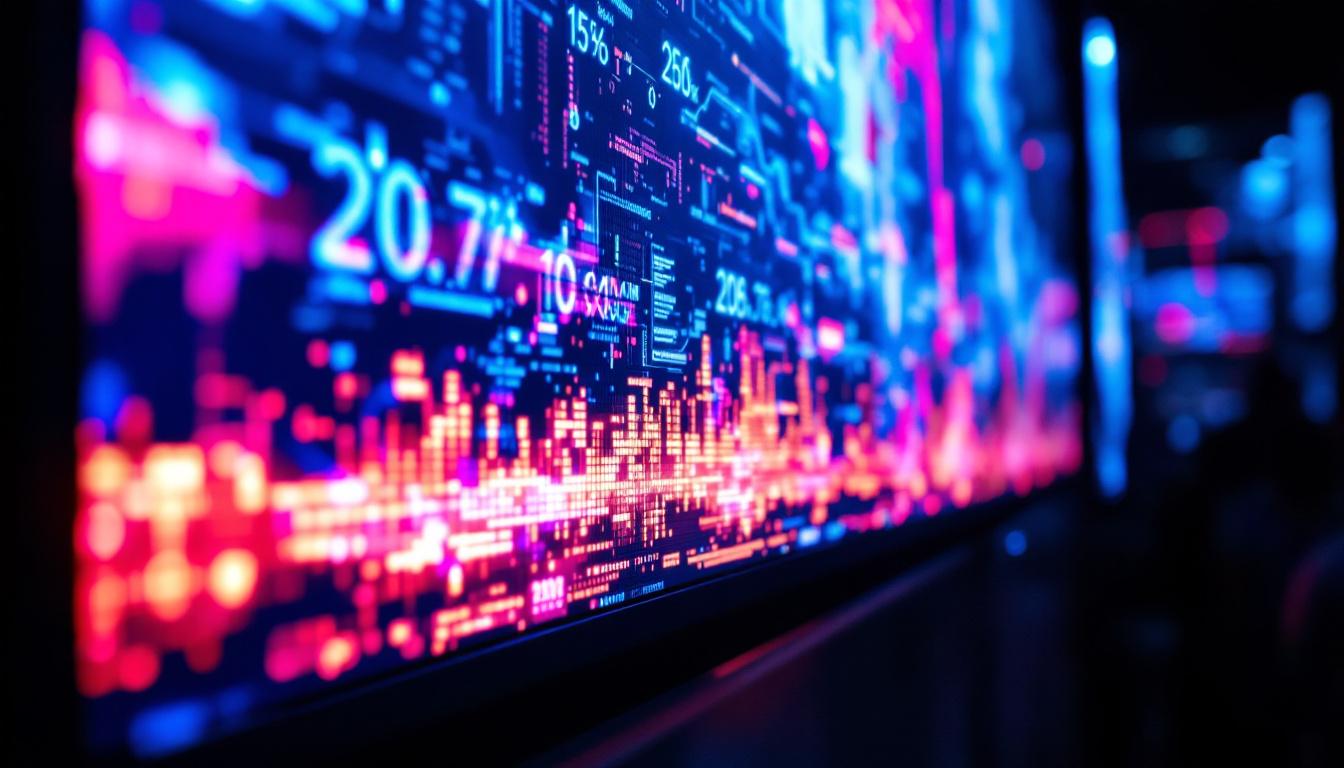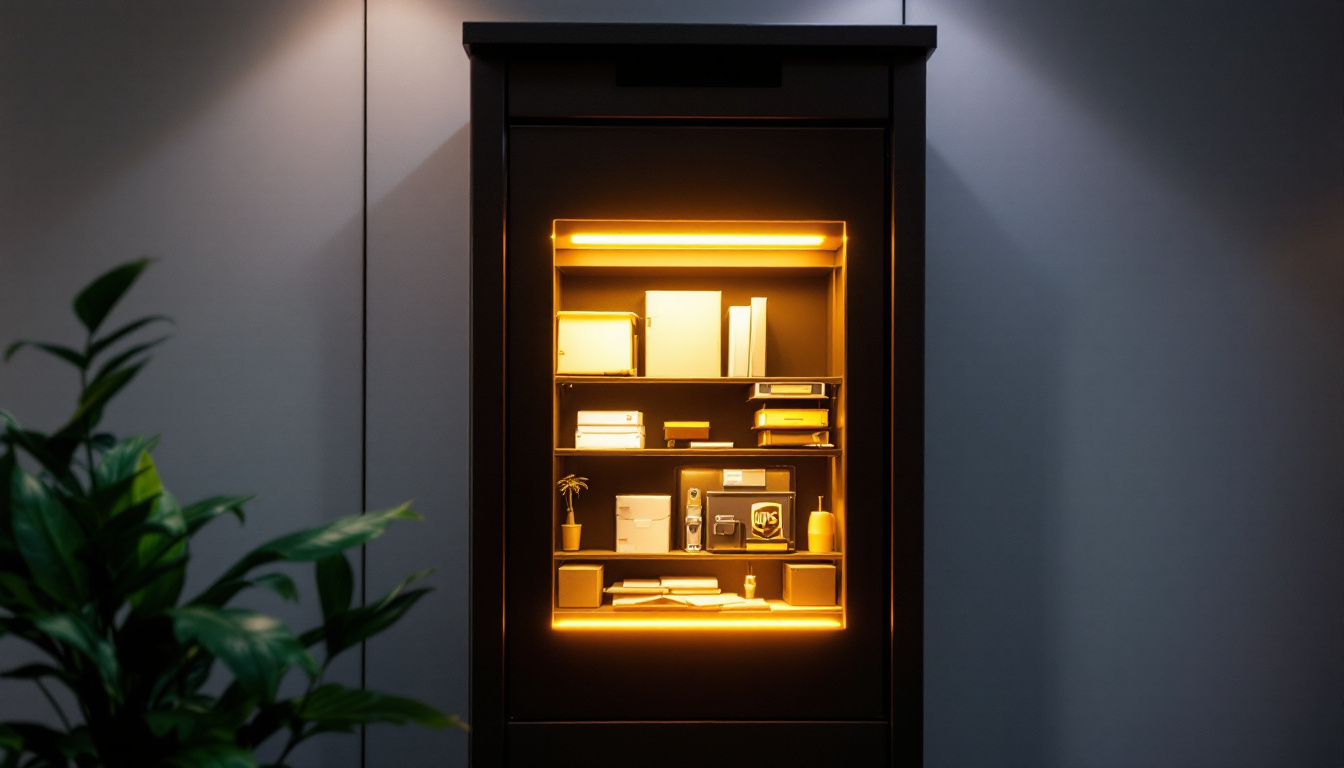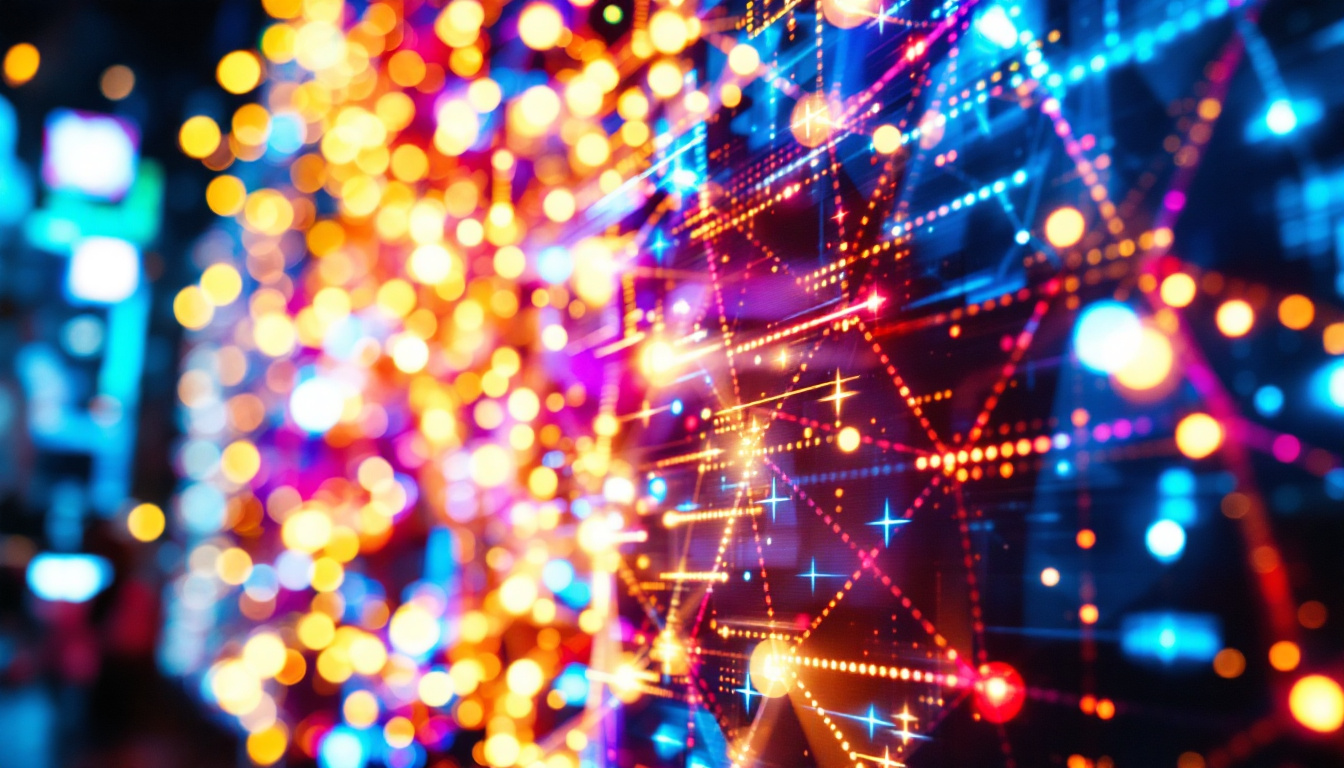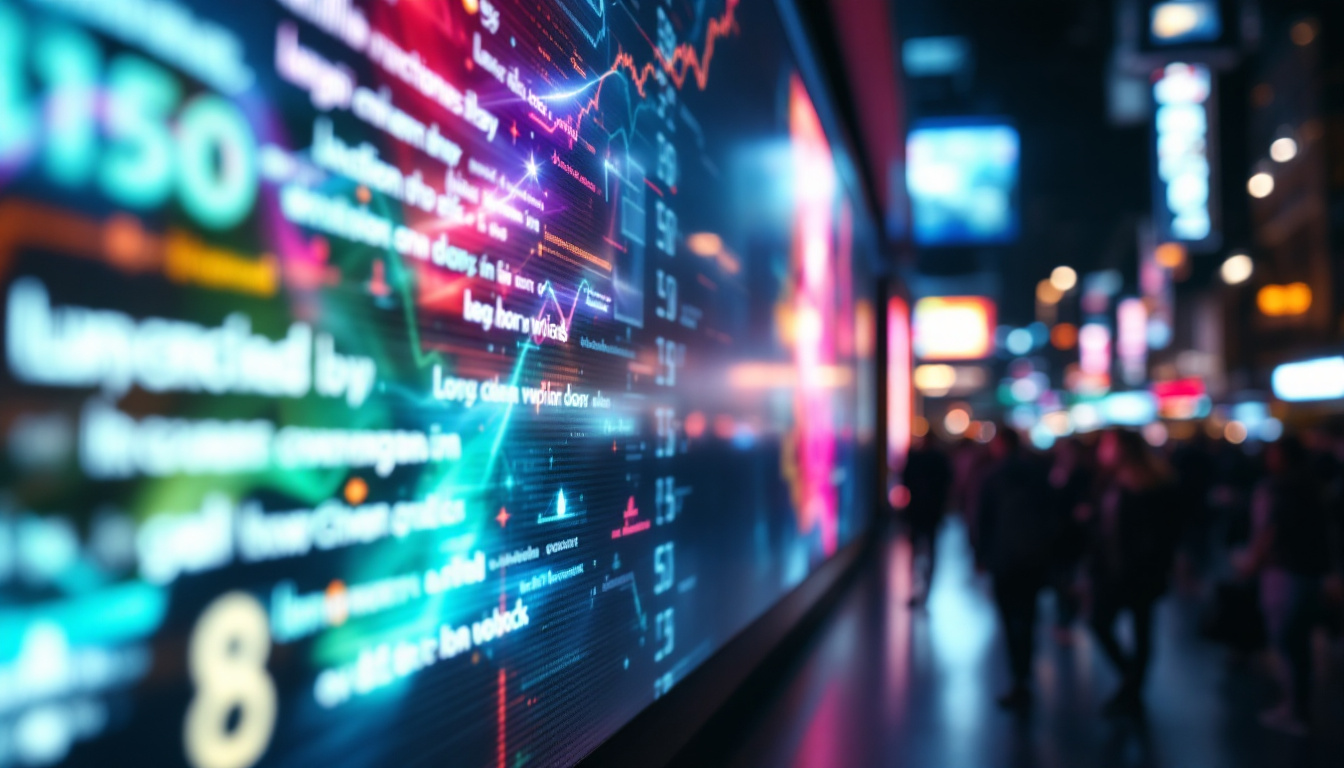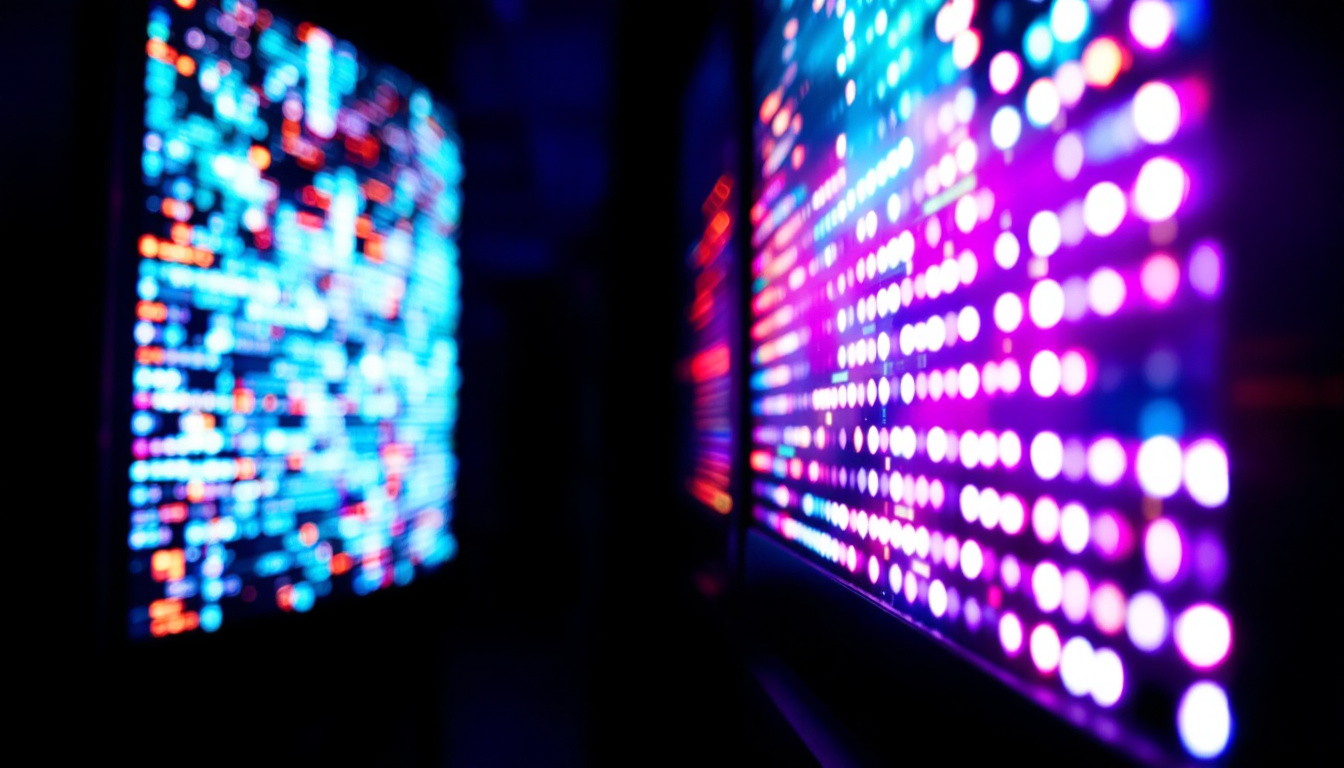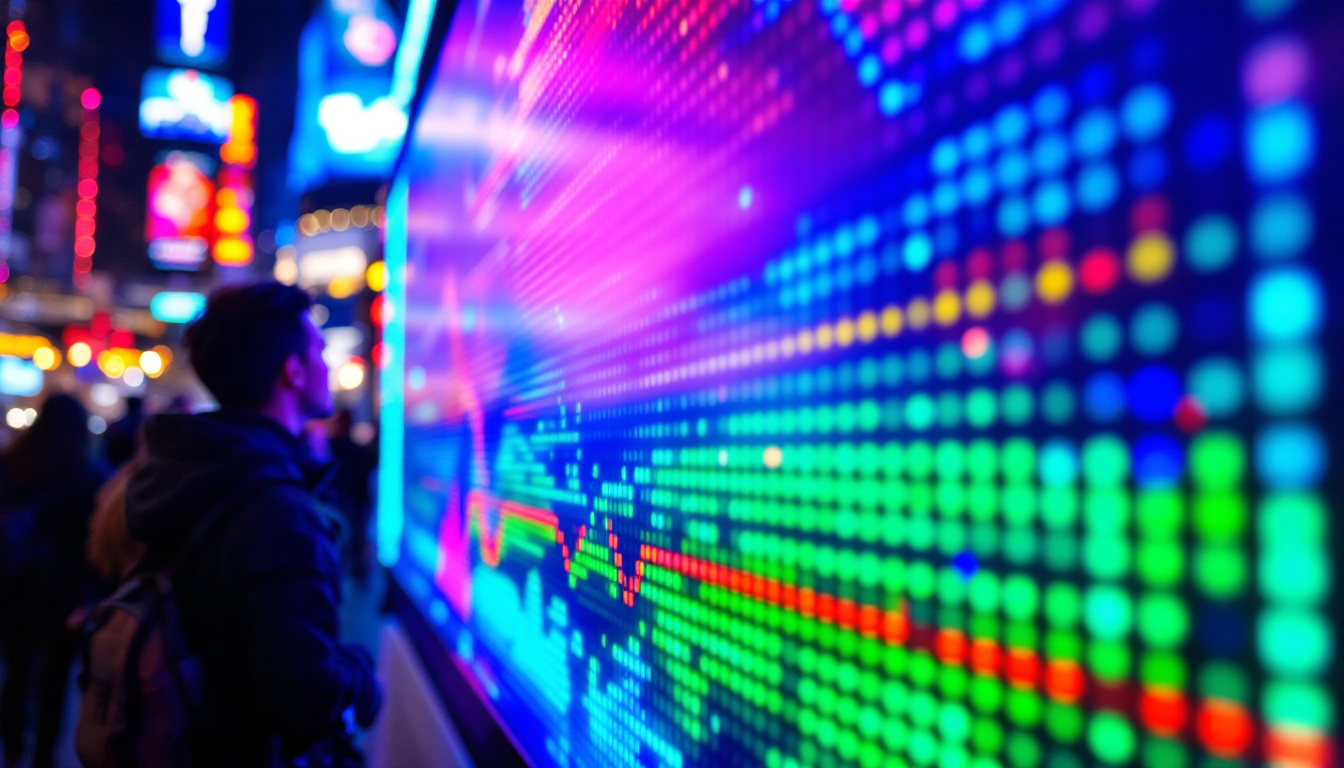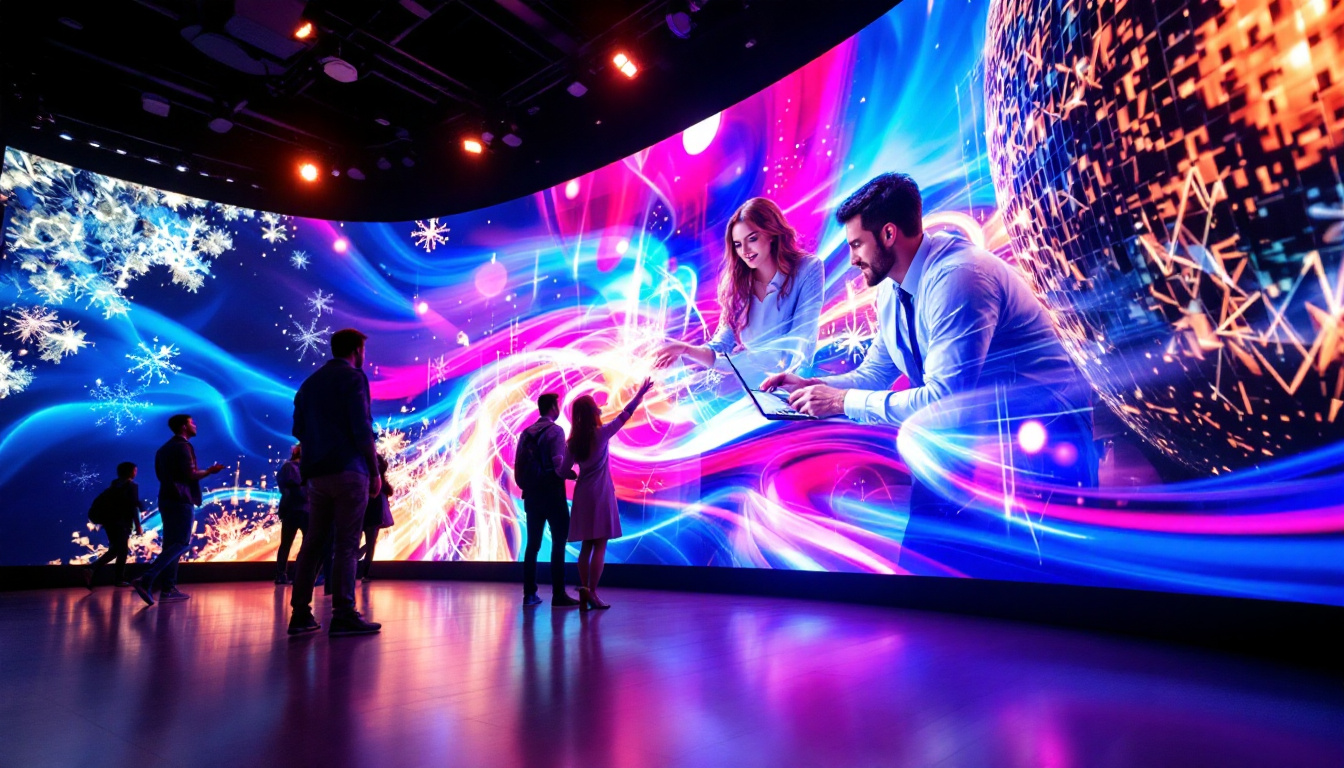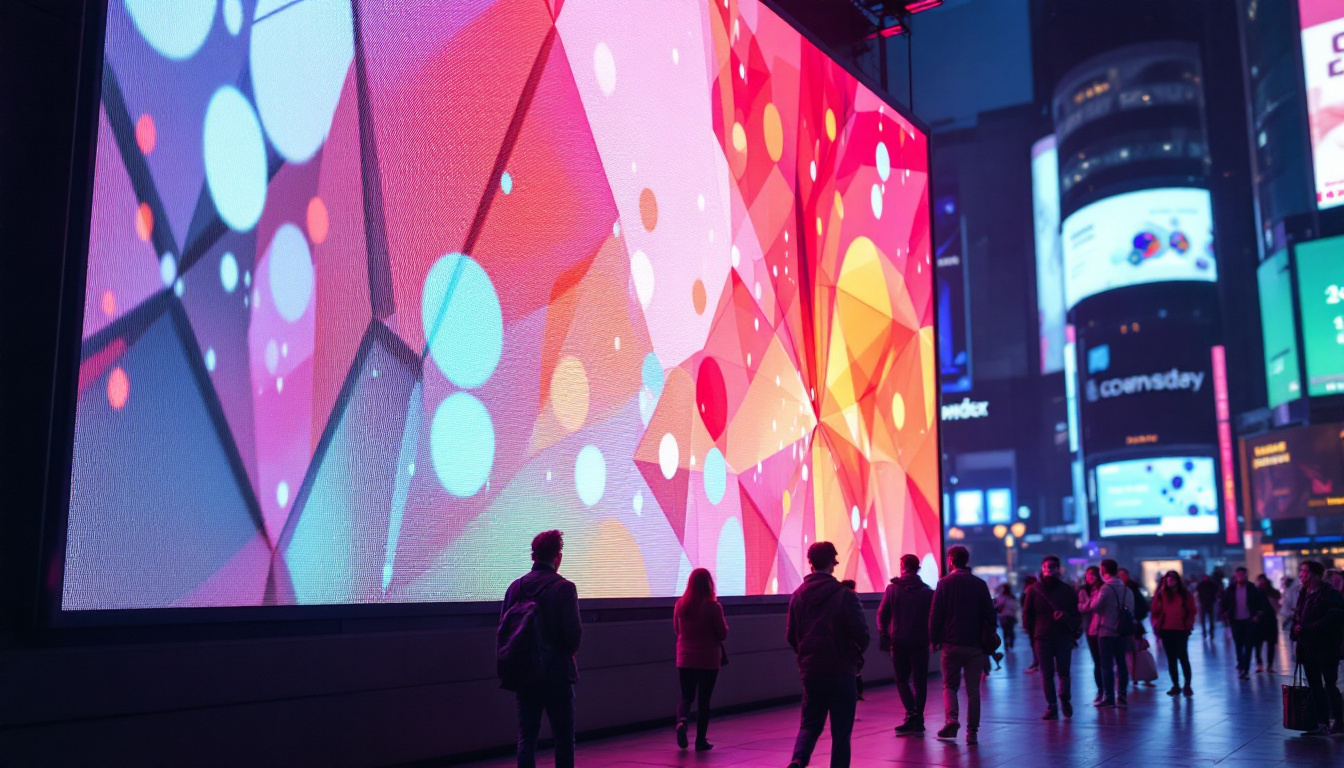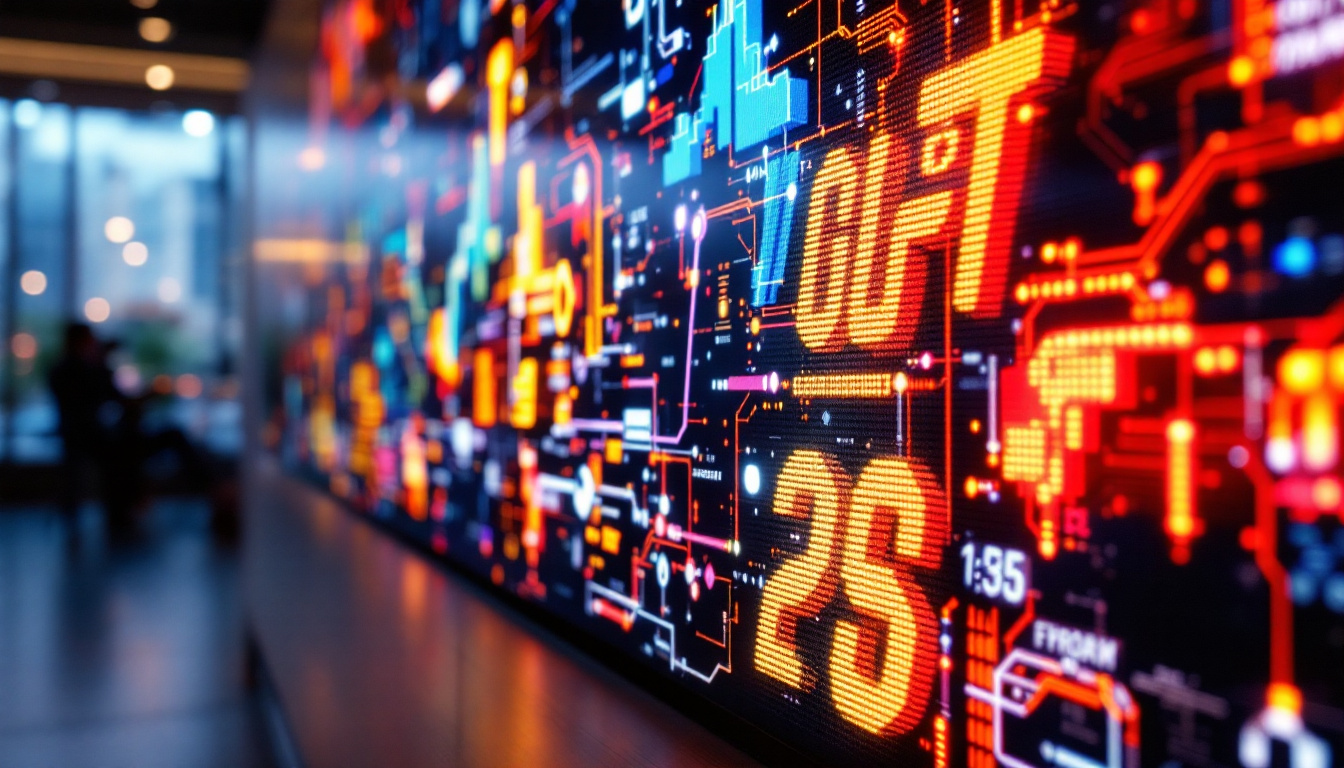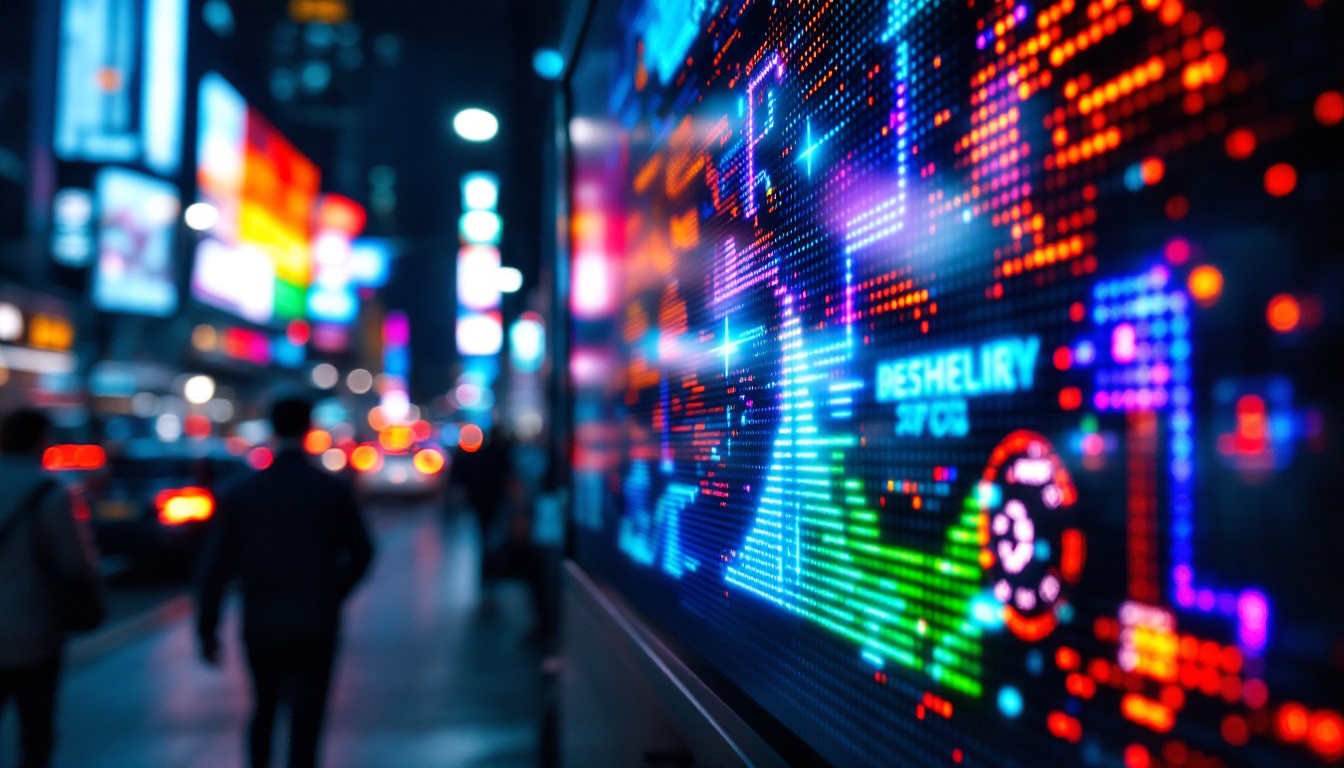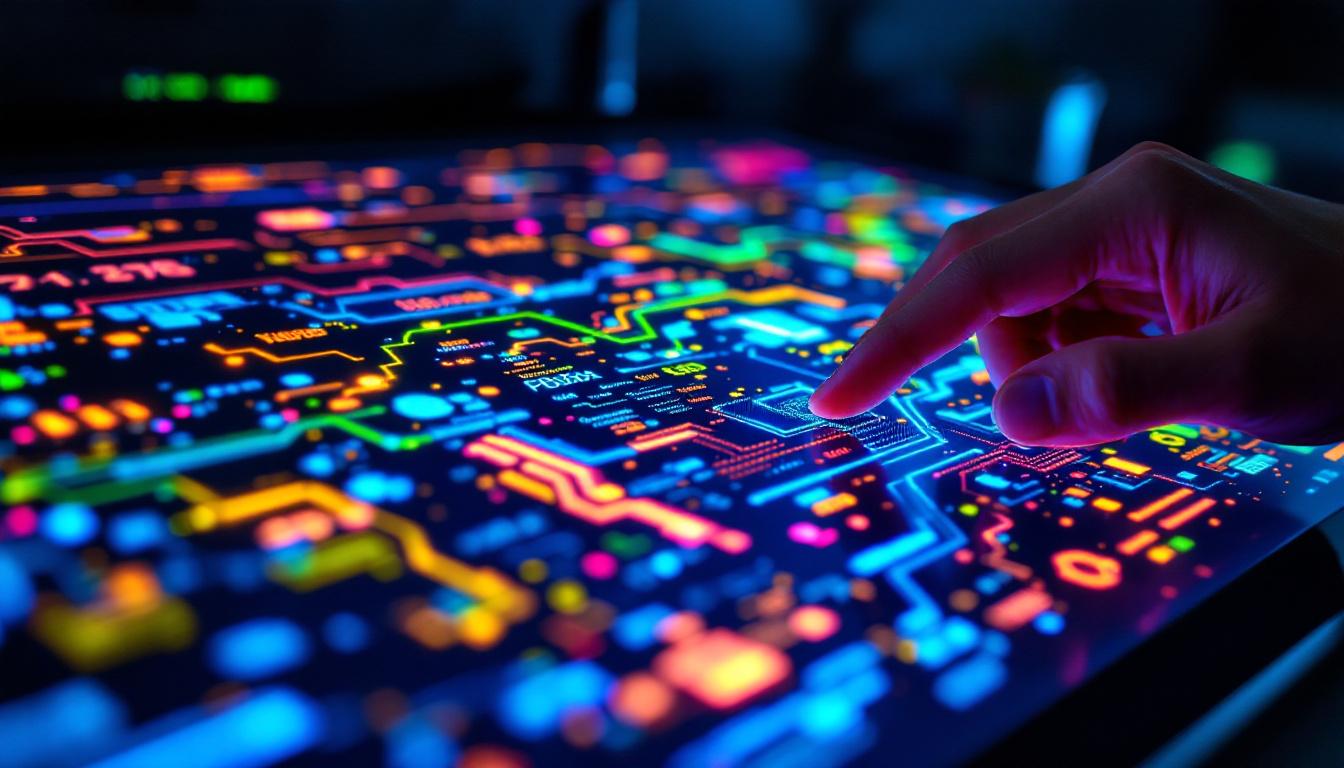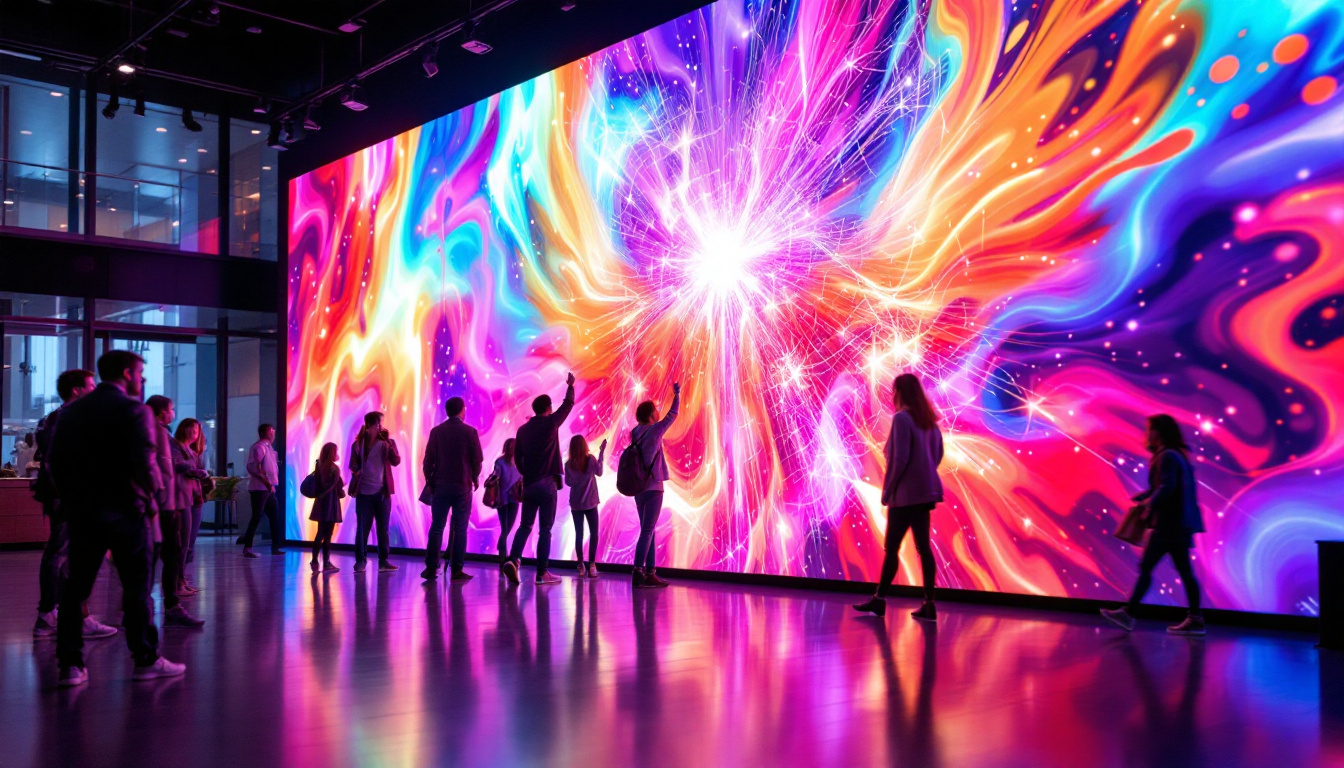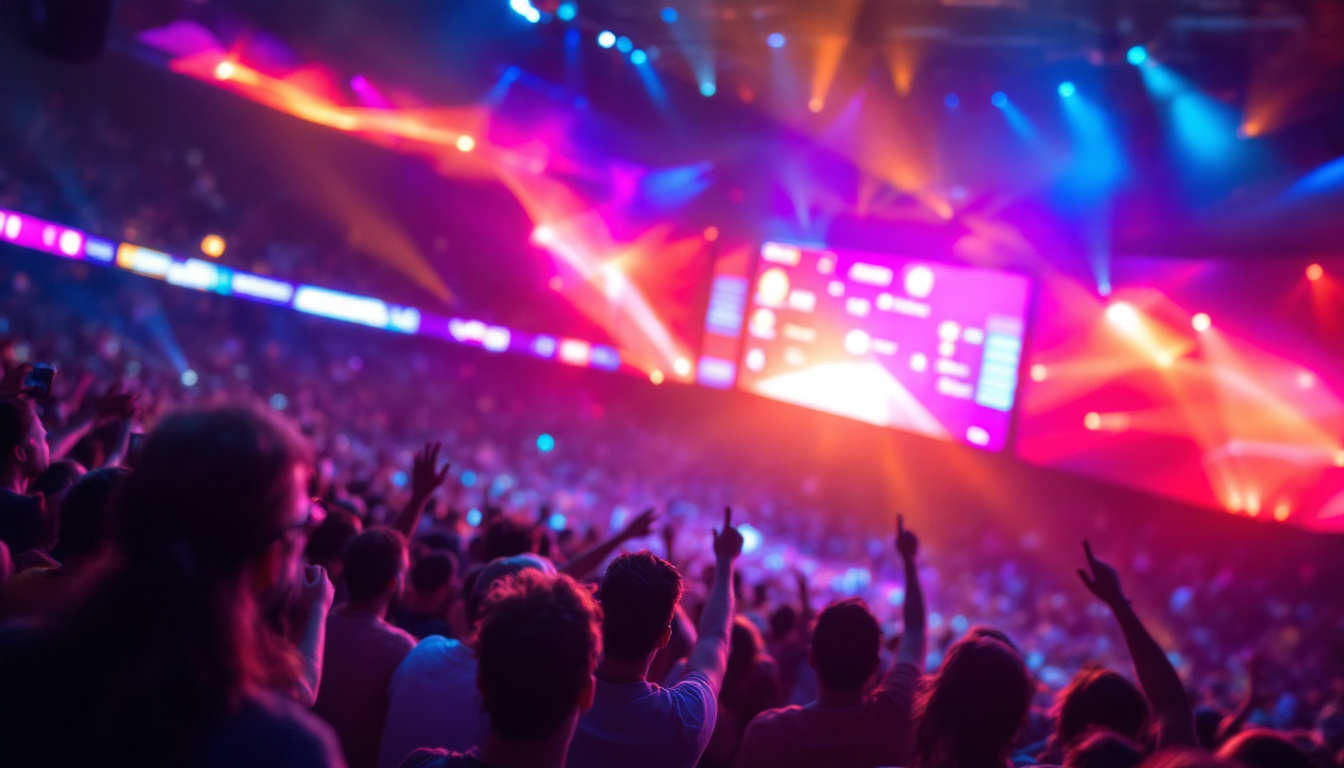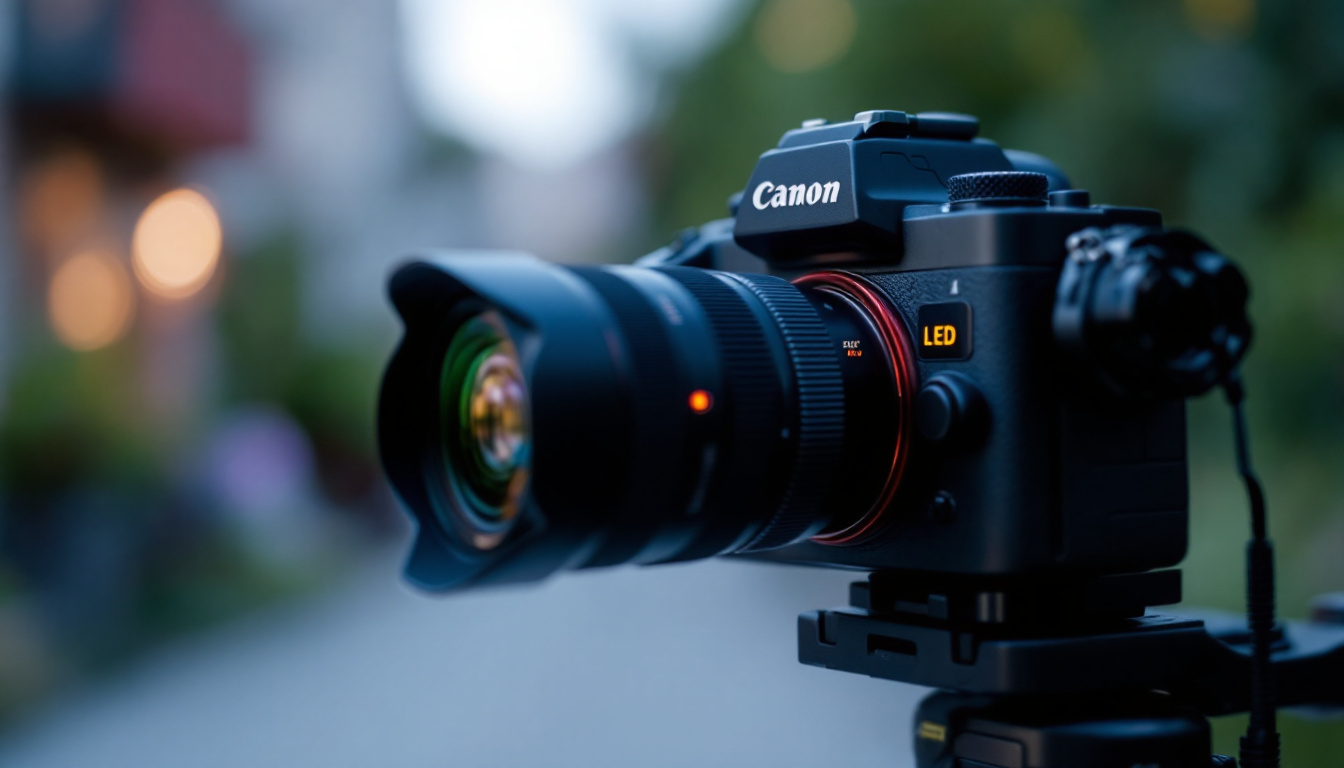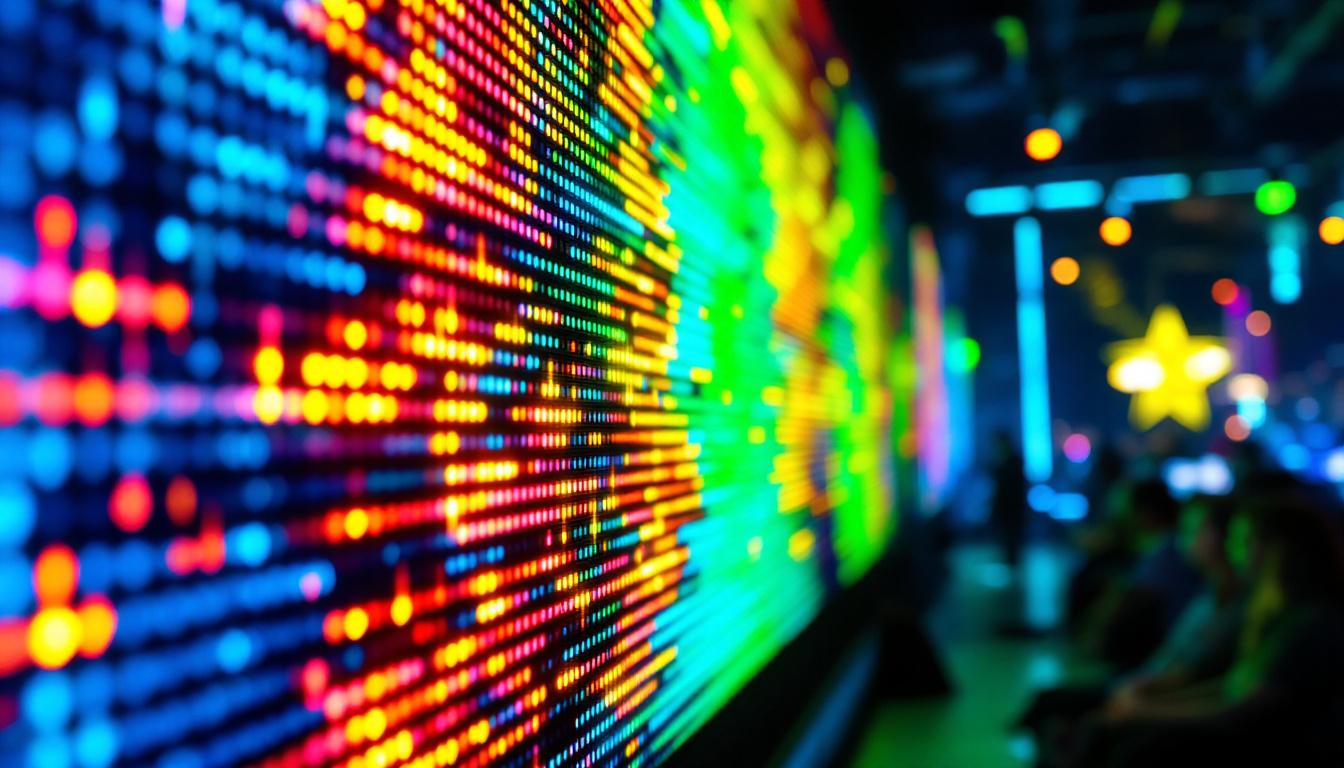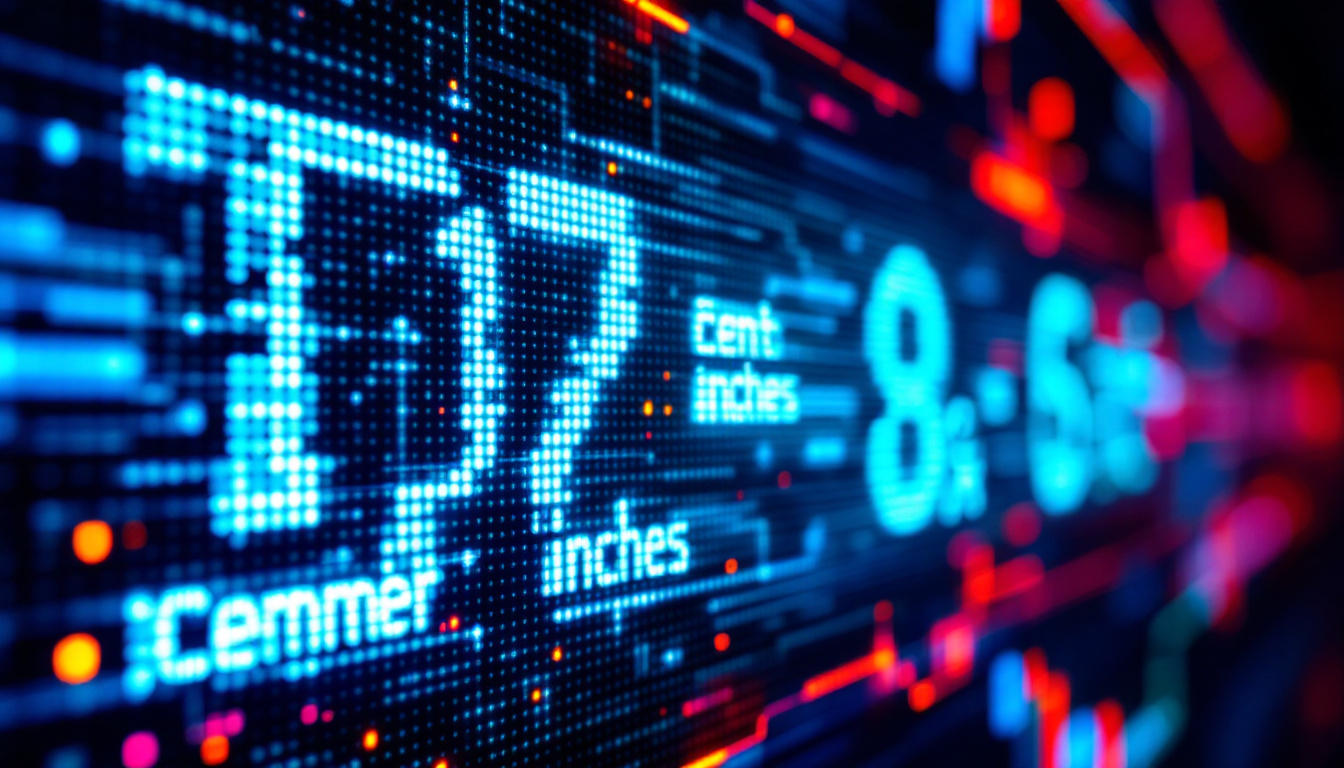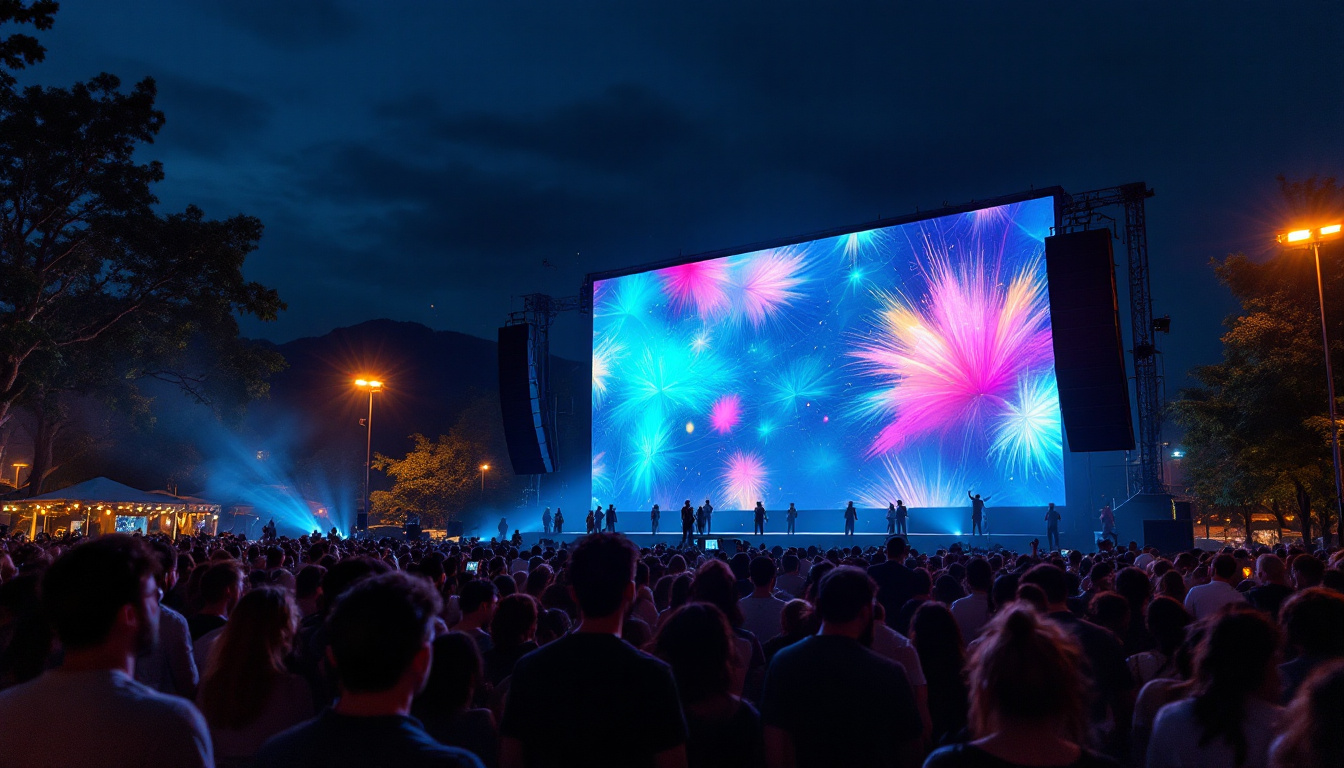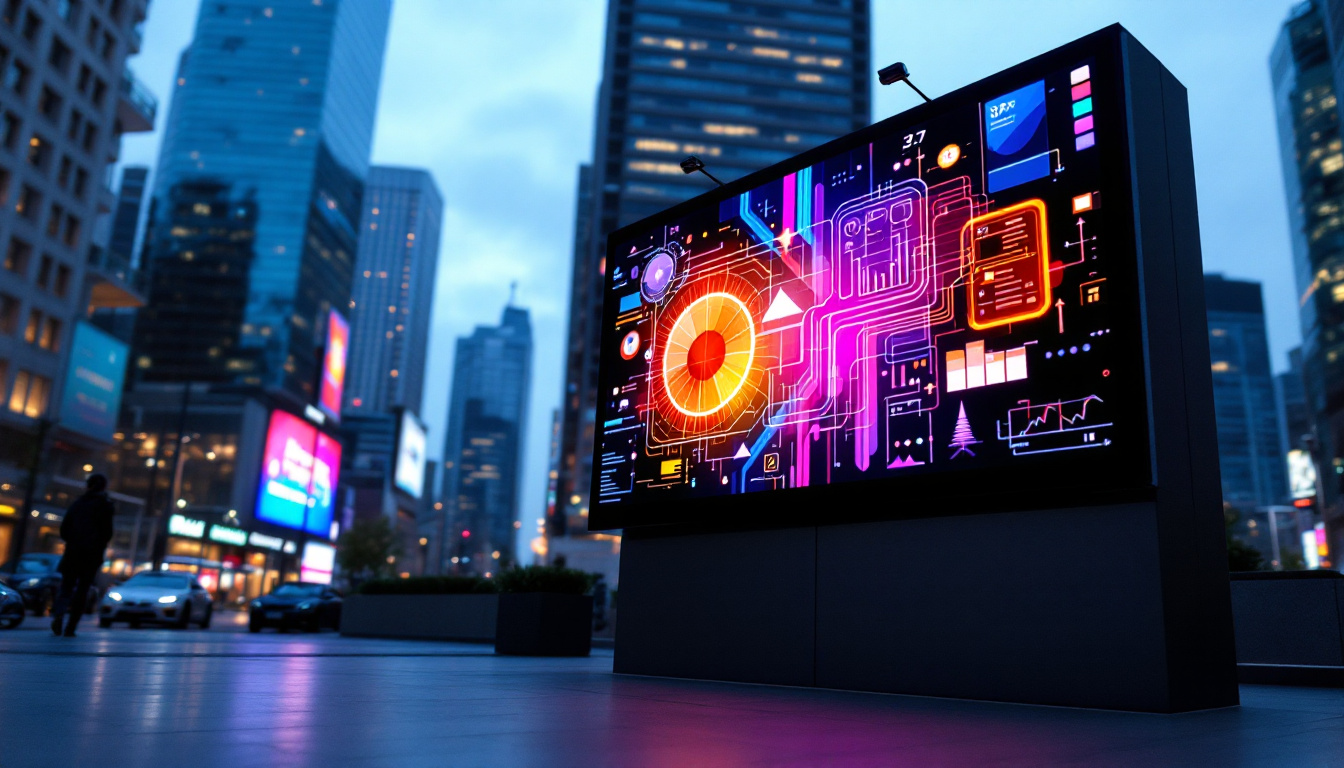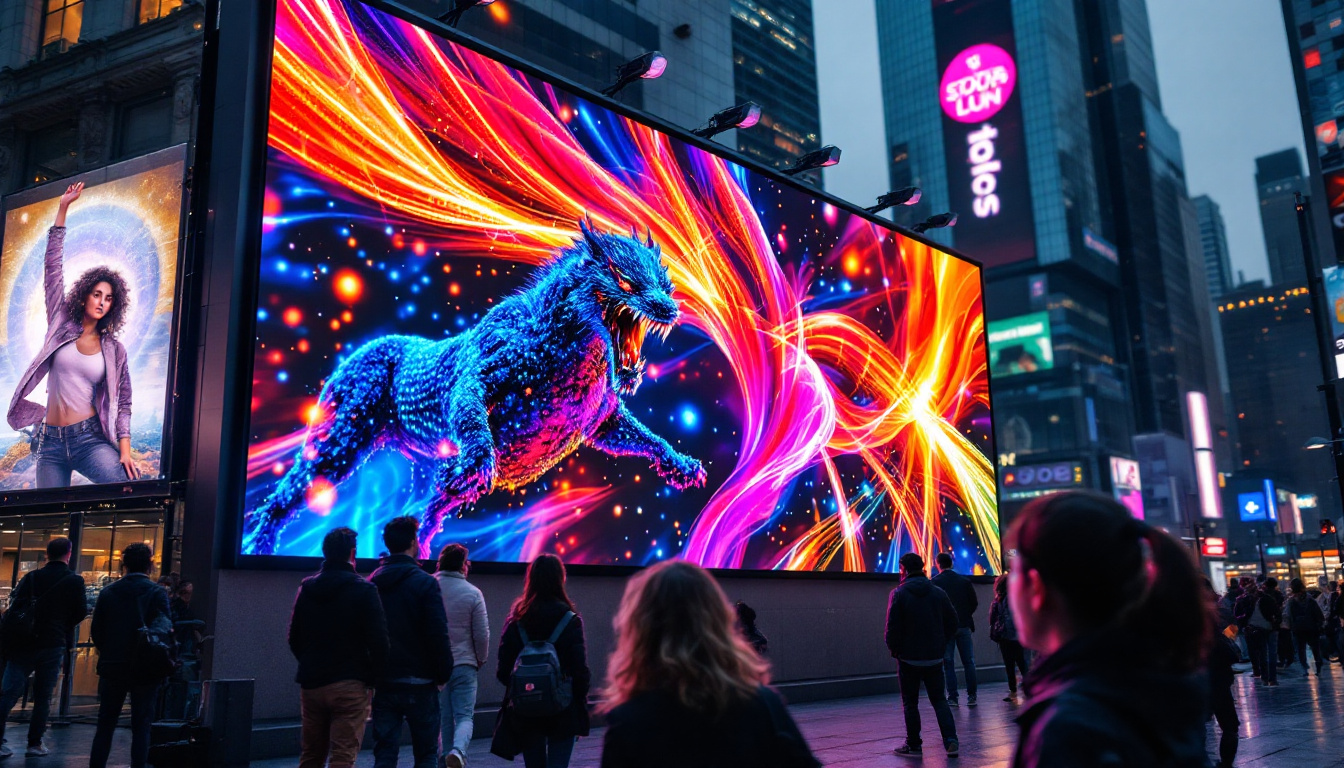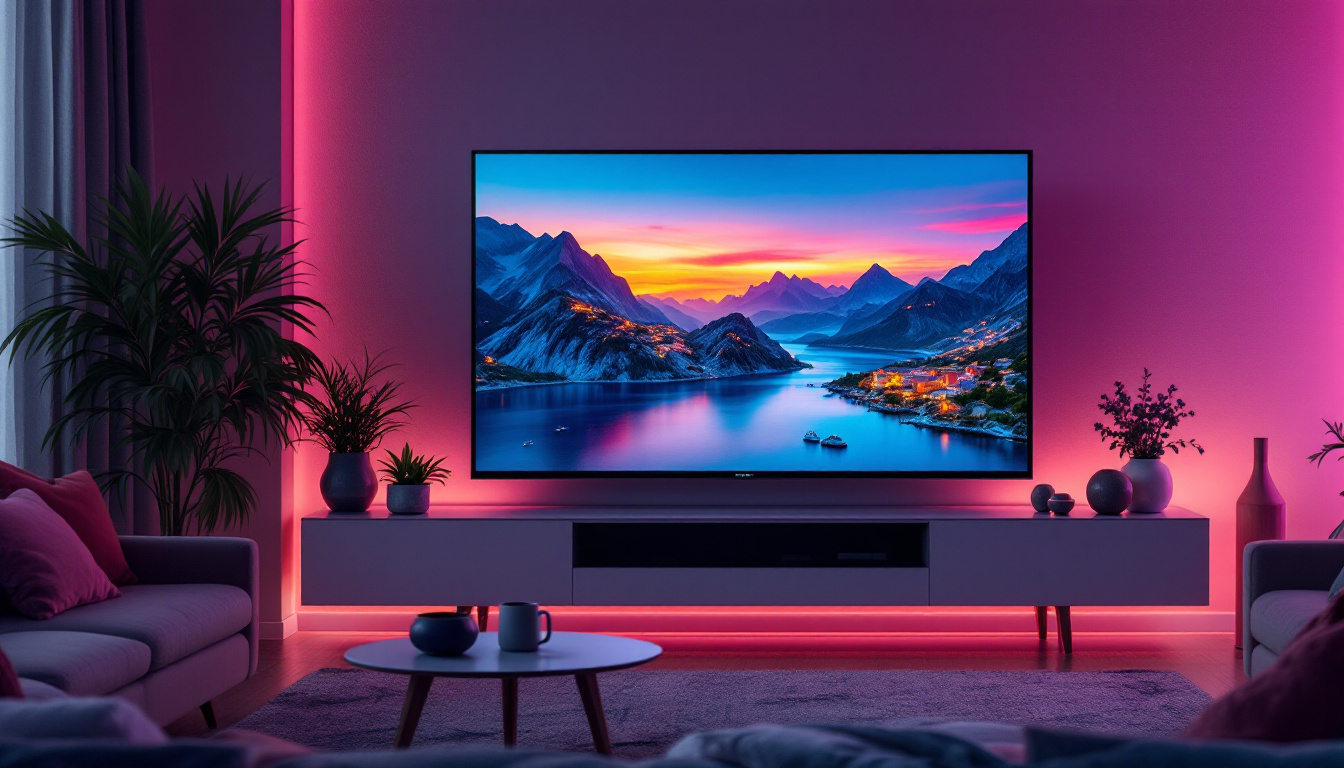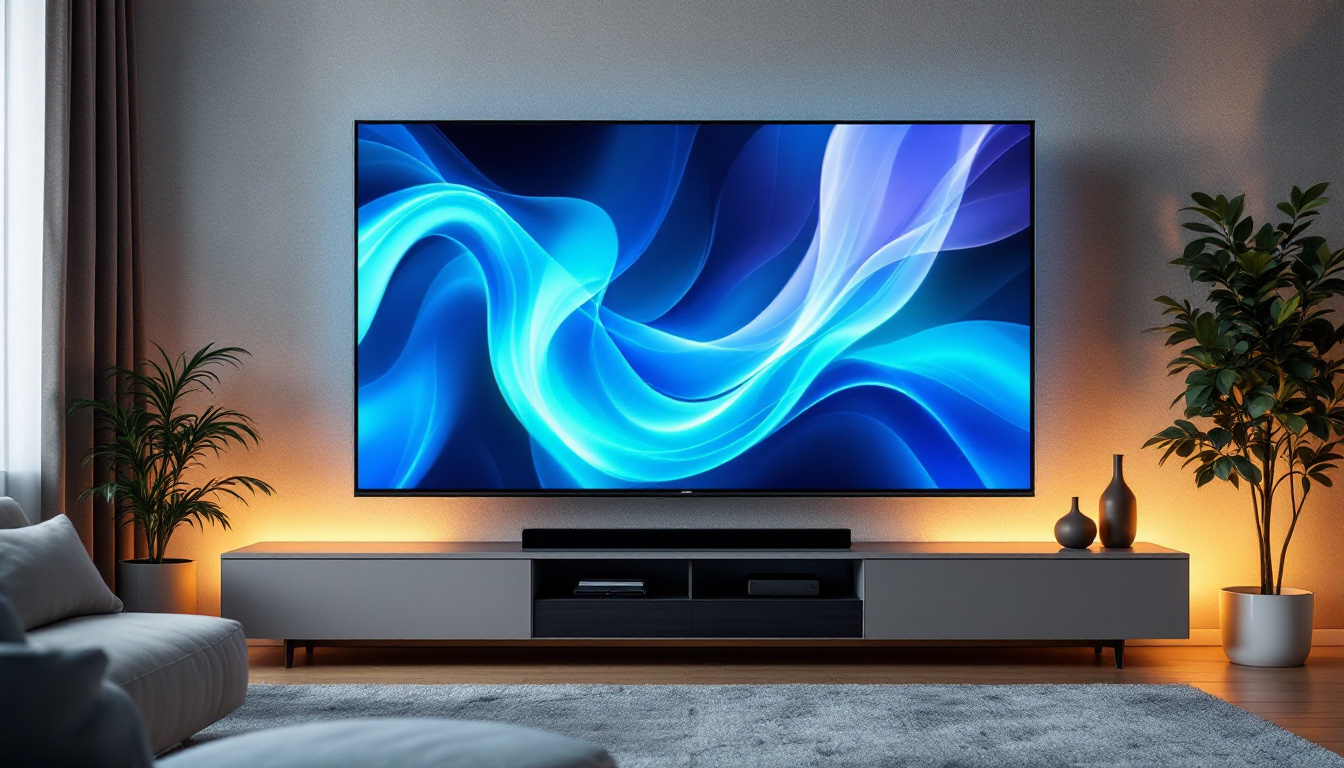In the rapidly evolving world of printed products and digital signage, LED displays have emerged as a cornerstone technology. As businesses and advertisers worldwide seek innovative ways to capture attention and convey messages, understanding LED display technology becomes essential. This 2024 planner aims to provide a comprehensive overview of LED displays, their applications, technological advancements, market trends, and strategic insights for professionals in the printed products industry.
Understanding LED Display Technology
What is an LED Display?
LED, or Light Emitting Diode, displays are digital screens that use arrays of tiny light-emitting diodes to create images, videos, and text. Unlike traditional LCD or plasma screens, LED displays rely on individual diodes that emit light when an electric current passes through them. This fundamental difference allows LED displays to offer superior brightness, contrast, and energy efficiency. The ability to achieve deeper blacks and more vivid colors makes LED technology particularly appealing for various visual applications.
LED displays come in various forms, including indoor and outdoor screens, flexible panels, and transparent displays. Their versatility makes them suitable for a wide range of applications, from advertising billboards and stadium screens to retail signage and event backdrops. The lightweight nature of LED technology also allows for innovative designs, enabling installations that can be curved or shaped to fit unique spaces, enhancing the overall aesthetic appeal of environments where they are used.
Types of LED Displays
There are several types of LED displays, each designed to meet specific needs:
- Direct View LED (DVLED): These displays use LEDs as the actual pixels, providing vibrant colors and high brightness. They are commonly used in large-scale outdoor advertising and stadium screens. The high pixel density of DVLEDs ensures that images remain sharp and clear, even from a distance, making them ideal for high-traffic areas.
- LED Backlit LCD: In this type, LEDs provide the backlighting for an LCD panel, improving brightness and energy efficiency compared to traditional fluorescent backlights. This hybrid approach allows for thinner displays with enhanced color reproduction, making them popular in consumer electronics like televisions and computer monitors.
- MicroLED: An emerging technology that uses microscopic LEDs to create displays with exceptional color accuracy, brightness, and longevity. MicroLEDs are poised to revolutionize the display industry in the coming years. Their modular nature allows for seamless scaling, enabling manufacturers to create large screens without the bezels that typically disrupt the viewing experience.
In addition to these types, LED technology is continually evolving, with advancements such as MiniLED and Quantum Dot LED (QLED) displays gaining traction. MiniLEDs utilize smaller LEDs for backlighting, resulting in improved local dimming capabilities and contrast ratios, while QLEDs enhance color performance by using quantum dots to emit specific wavelengths of light. These innovations are pushing the boundaries of what LED displays can achieve, making them an exciting area of development in the tech industry.
Key Advantages of LED Displays in Printed Products
Brightness and Visibility
One of the most significant benefits of LED displays is their ability to produce extremely bright images, making them visible even in direct sunlight. This characteristic is crucial for outdoor advertising, where visibility can make or break a campaign’s success. For instance, LED billboards along highways or in urban centers maintain clarity and vibrancy regardless of weather conditions or time of day.
Energy Efficiency and Longevity
Compared to traditional lighting and display technologies, LEDs consume less power while delivering higher brightness levels. This energy efficiency translates into lower operating costs and a reduced environmental footprint, both of which are increasingly important to businesses and consumers alike.
Moreover, LED displays have a longer lifespan, often exceeding 100,000 hours of use. This durability reduces maintenance costs and downtime, making LEDs a cost-effective investment for companies planning long-term advertising strategies.
Flexibility and Customization
LED technology allows for a high degree of customization in size, shape, and resolution. Printed product companies can create bespoke LED displays tailored to specific client needs, from curved panels that wrap around architectural features to ultra-thin transparent screens integrated into glass facades.
This flexibility enables innovative marketing approaches, such as interactive displays or dynamic content that changes in real-time based on audience engagement or environmental factors.
Market Trends and Growth Projections for 2024
Global Market Size and Forecast
The global LED display market continues to experience robust growth, driven by increasing demand across advertising, retail, sports, and entertainment sectors. According to recent market research, the LED display market is projected to reach approximately $35 billion by the end of 2024, growing at a compound annual growth rate (CAGR) of around 12% from 2020 to 2024.
Asia-Pacific remains the largest regional market, fueled by rapid urbanization, expanding digital advertising budgets, and government investments in smart city infrastructure. North America and Europe also show steady growth, with increasing adoption of LED displays in retail environments and public transportation hubs.
Emerging Applications
Beyond traditional advertising, LED displays are increasingly used in innovative applications such as:
- Augmented Reality (AR) and Virtual Reality (VR): Integrating LED technology with AR/VR platforms to create immersive environments for retail and events.
- Smart Cities: LED displays embedded in street furniture and public spaces to provide real-time information, enhance safety, and improve urban aesthetics.
- Healthcare: Dynamic LED signage for wayfinding, patient communication, and health monitoring in medical facilities.
Technological Innovations Shaping the Future
MicroLED and MiniLED Breakthroughs
MicroLED technology represents a significant leap forward, combining the brightness and efficiency of traditional LEDs with the pixel density and color accuracy of OLED displays. Although still in early commercial stages, MicroLED screens promise unparalleled image quality and energy savings, making them highly attractive for premium applications.
MiniLED, a more mature technology, uses smaller LEDs to enhance backlighting in LCD panels, improving contrast ratios and color performance. This technology is already gaining traction in high-end monitors, televisions, and digital signage.
Integration with IoT and AI
LED displays are becoming smarter through integration with Internet of Things (IoT) devices and artificial intelligence (AI). These advancements enable real-time content adaptation based on audience demographics, weather conditions, or traffic patterns, maximizing engagement and advertising effectiveness.
For example, AI-powered LED billboards can analyze foot traffic data and adjust messaging dynamically to target specific audiences, enhancing return on investment for advertisers.
Strategic Considerations for Printed Product Companies
Choosing the Right LED Display for Your Project
Selecting the appropriate LED display involves evaluating factors such as pixel pitch (the distance between LEDs), brightness requirements, viewing distance, and environmental conditions. For outdoor applications, durability and weather resistance are paramount, while indoor displays may prioritize resolution and color accuracy.
Collaborating with experienced manufacturers and suppliers can ensure that the chosen LED technology aligns with the project’s goals and budget constraints.
Content Creation and Management
Effective LED display deployment goes beyond hardware; content quality and management are critical. Dynamic, high-resolution content tailored to the target audience enhances engagement and brand recall.
Utilizing content management systems (CMS) that support remote updates and scheduling allows for timely and relevant messaging, which is especially important for campaigns spanning multiple locations or time zones.
Compliance and Sustainability
As regulations around energy consumption and light pollution tighten globally, printed product companies must ensure their LED displays comply with local standards. Sustainable practices, such as using recyclable materials and energy-efficient designs, not only meet regulatory requirements but also appeal to environmentally conscious consumers.
Case Studies: Successful LED Display Implementations
Times Square, New York City
Times Square remains the epitome of LED display innovation, featuring some of the world’s largest and most technologically advanced screens. The area’s LED billboards deliver vibrant, high-impact advertising visible to millions daily, setting a global benchmark for urban digital signage.
Tokyo’s Shibuya Crossing
In Tokyo, LED displays at Shibuya Crossing integrate with pedestrian flow and ambient lighting, creating an immersive urban experience. The displays not only advertise products but also contribute to the area’s dynamic cultural identity.
Retail Chain Digital Transformation
A leading global retail chain recently revamped its in-store signage using LED displays integrated with AI-driven content management. This initiative resulted in a 25% increase in customer engagement and a measurable uplift in sales, demonstrating the commercial impact of strategic LED display adoption.
Preparing for 2024 and Beyond
Investment and Budget Planning
As LED display technology continues to advance, companies in the printed products sector should allocate budgets that balance initial investment with long-term operational savings. Prioritizing scalable and upgradeable LED solutions can future-proof installations against rapid technological changes.
Training and Skill Development
Successful deployment and maintenance of LED displays require skilled personnel. Investing in training for installation teams, content creators, and technical support staff ensures optimal performance and longevity of LED products.
Collaborative Innovation
Partnerships between printed product companies, technology providers, and creative agencies foster innovation and drive market leadership. Collaborative efforts can lead to the development of unique LED display solutions tailored to emerging market needs.
Conclusion
LED display technology represents a transformative force in the global printed products industry. Its unparalleled brightness, energy efficiency, and versatility make it an indispensable tool for modern advertising and communication. As the market grows and technology evolves, staying informed about LED innovations and strategic best practices will be critical for companies aiming to thrive in 2024 and beyond.
By understanding the nuances of LED displays—from technical specifications to market trends—industry professionals can make informed decisions that maximize impact, sustainability, and return on investment. The future of printed products is undeniably bright, illuminated by the dynamic glow of LED technology.
Illuminate Your Brand with LumenMatrix
As you look ahead to 2024, consider the transformative potential of LED display technology for your brand’s visibility and customer engagement. LumenMatrix, a leader in innovative LED solutions, offers a diverse range of products designed to captivate and engage your audience. From Indoor and Outdoor LED Wall Displays to specialized solutions like Vehicle LED Displays and LED Sports Displays, LumenMatrix tailors to every visual communication need. Embrace the future of advertising with our cutting-edge LED Poster Displays, Floor LED Displays, Custom LED Displays, All-in-One LED Displays, and LED Transparent Displays. Check out LumenMatrix LED Display Solutions today and empower your business to shine brighter than ever.


